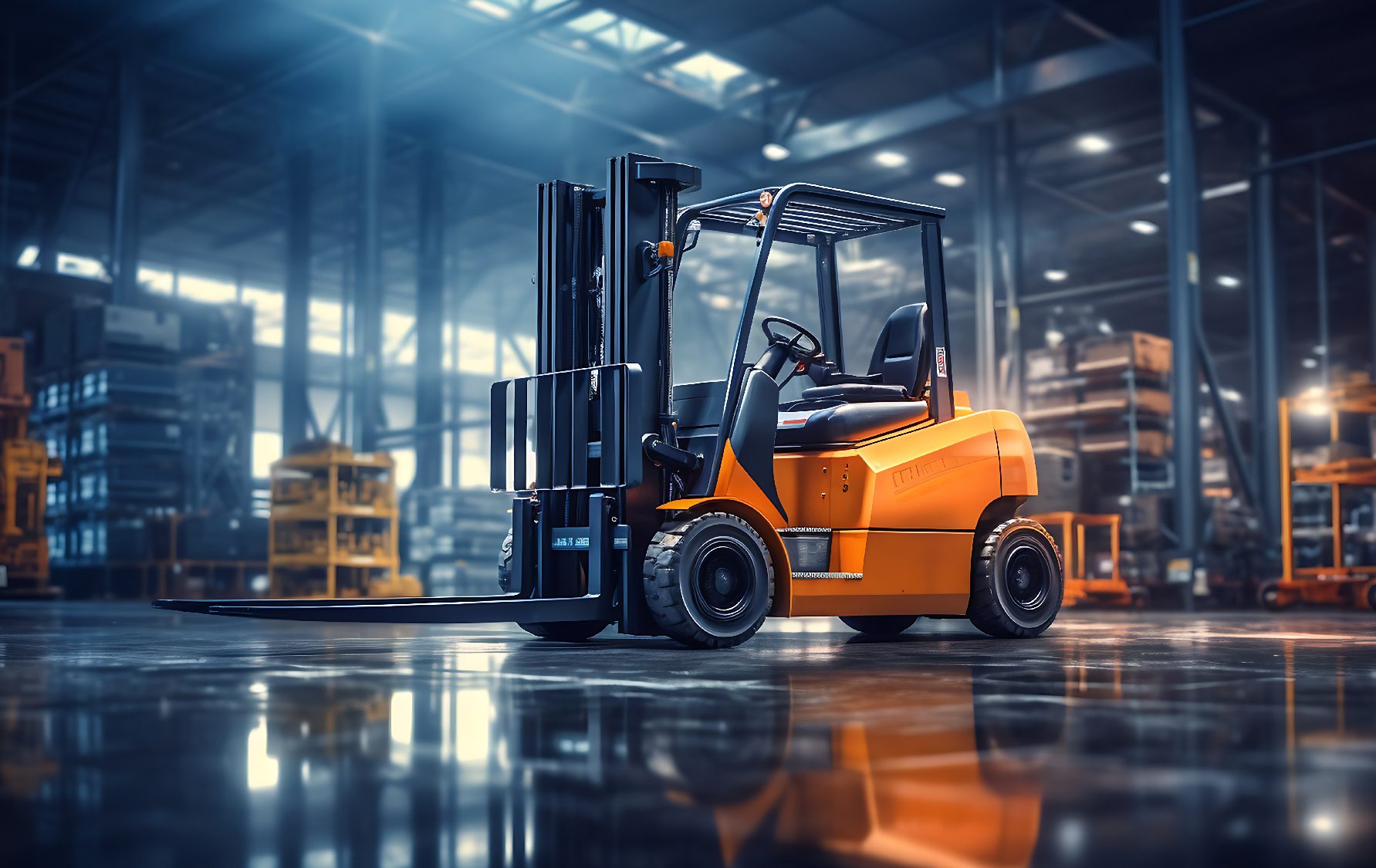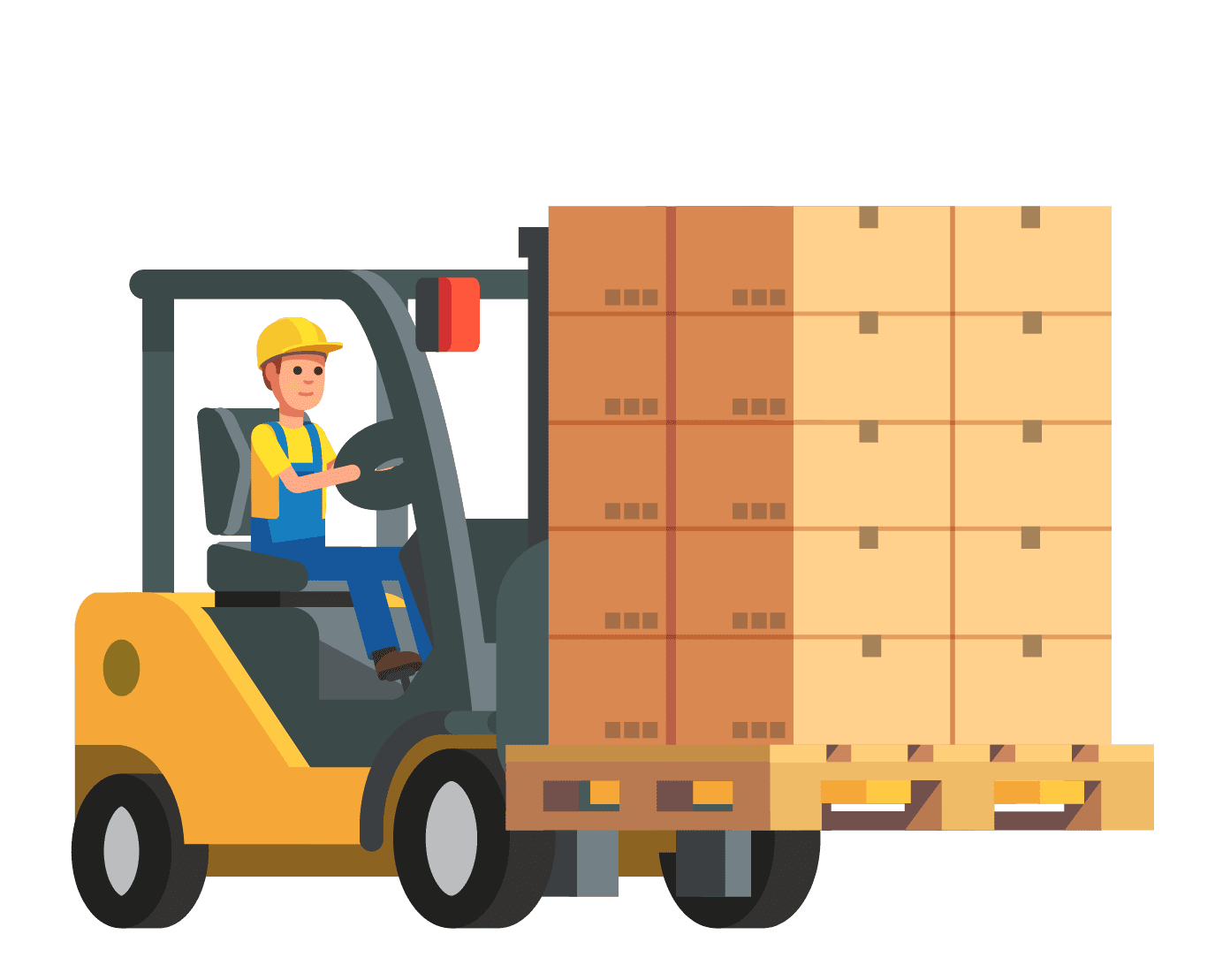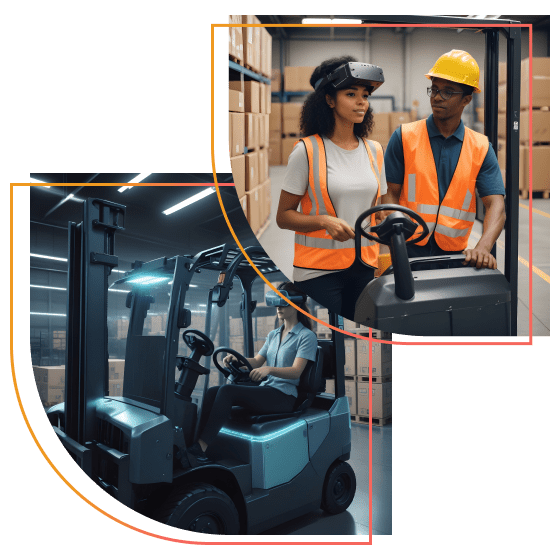Overview

One of our clients required PIT training, integrating VR for realistic, OSHA-compliant instruction. We have to develop a VR solution that balances cost-effectiveness, safety, and multigenerational usability. One major challenge was to address motion sickness while meeting the need for user access control and hardware integration.
- VR and web-based technologies are used in our realistic forklift training solution, which offers a user-friendly interface and secure distribution.
- The Replay system offers multi-angle viewing and 360-degree camera rotation, compatible with HTC VIVE Pro 2.
- Immersive VR forklift training is created with various training modules of different difficulty levels and functionality.
- The updated solution—Virtual Forklift Nexus—introduces support for both electric and propane forklifts, accurate physics simulation for lift, tilt, and load, and includes interactive scenarios such as pedestrian simulations for safety drills.
- The platform also now supports multiple fork types (Clamp, Single-Double, Long) and is compatible with the HTC Vive Focus 3 (wired and wireless) via SteamVR.
Case
Virtual Reality (VR), one of the branches of Extended Reality (XR) has become increasingly popular in training and education, because of its ability to provide immersive, interactive, and engaging simulations that mimic real-life situations. VR enables learners to practice in a safe and controlled environment that mirrors the real world. This allows them to learn from their mistakes without any real-world consequences. It is highly engaging and immersive, which helps learners retain information better. Users are more likely to remember what they learned and apply it in real-life situations. VR training can be cost-effective compared to traditional training methods. For example, in industries like aviation or medicine, training on real equipment can be expensive and risky, whereas VR training can simulate those scenarios without the associated costs and risks. VR training can be easily scaled to meet the needs of a large number of learners, regardless of their location. This makes it ideal for organizations with a geographically dispersed workforce. VR training can be customized to meet the specific needs of learners. For example, simulations can be created to address the needs of different industries, job roles, or learning styles.
From 2005 onwards, our client has been at the forefront of training people in Powered Industrial Trucks (PITs). They do both OSHA-compliant training and issue OSHA certifications. They understood that it was time to step up their game, and incorporating Virtual Reality into their training was the next evolution. They needed a solution that would enable their users to learn the dos and don’ts of forklift driving in a fairly realistic warehouse setting.
Challenges
The brain retains more information from real-life experiences. The millennial generation requires training that captivates and teaches in a more visual manner. So, our client needed a solution that is captivating for Gen Z while being user-friendly and adaptive for Gen Y to the boomers. When it comes to PITs training, safety is of the utmost importance, followed by cost. Binding these needs with virtual reality brings challenges too. The application must be user-friendly for millennials to boomers while still accommodating the high complexities that are required to bring real-life training experience.One of the big challenges with motion-based VR applications is motion sickness—a major concern for the client. The client also required an option to register the output of the various training modules, the ability to control access for different types of users, and smooth communication between the software and external hardware.

Solution
When our client approached us with the need, we suggested a combination of VR and Web to achieve the intended needs. The VR simulation will enable the users to get a realistic sit-down forklift training experience. While the web portal supports both administrative tasks and records the training session summary.As part of the VR simulation, TA built a realistic 3D warehouse and sit-down forklift using 3D modeling software, now upgraded to include support for electric and propane forklifts with physics-accurate behaviors like lifting, tilting, and load management. Also integrated are multiple fork types, such as Clamp, Single-Double, and Long forks.
The solution was built as a user-friendly Windows application using Unity and is distributed securely via the web portal. The application features:
- Two sections: VR Simulation and Replay
- Custom-built forklift controllers for authentic feel
- Compatibility with HTC VIVE Pro 2 and HTC Vive Focus 3 via SteamVR (wired and wireless)
The Replay module allows users to view completed sessions from multiple angles with 360-degree rotation, enabling post-session analysis. New additions include pedestrian simulations for safety awareness drills and expanded hardware compatibility.
Web Portal Enhancements
The web portal includes:
- Overall simulator management
- User logins with hierarchical access: Owner, Super Admin, Institution Admin, Trainers, Trainees
- License key distribution and activation/deactivation
- Institution-specific module management
- New dashboards for tracking KPIs and performance insights
These features ensure scalable enterprise deployment and make it easier to manage users and devices across locations.
Impact
Industrial training is being transformed by VR, which offers a secure, affordable, and engaging learning environment. Through a highly realistic and captivating experience that closely resembles real-world scenarios, it enables workers to learn by doing. Through the use of VR, businesses can create tailored training programs that address their unique requirements and monitor employee performance, increasing the efficacy of their training initiatives. The application we have been discussing has a positive impact, especially on PIT training.
The updated solution significantly improves:
- Delivery of immersive and meaningful learning experiences
- Safety through simulations of real hazards and pedestrian scenarios
- Operational efficiency via customized fork types and accurate load simulation
- Cost-effectiveness by minimizing dependence on physical equipment
With over 30 training modules, scalable web-based management, and enhanced hardware support, the solution is now a comprehensive, next-generation VR training platform for PIT operators.
